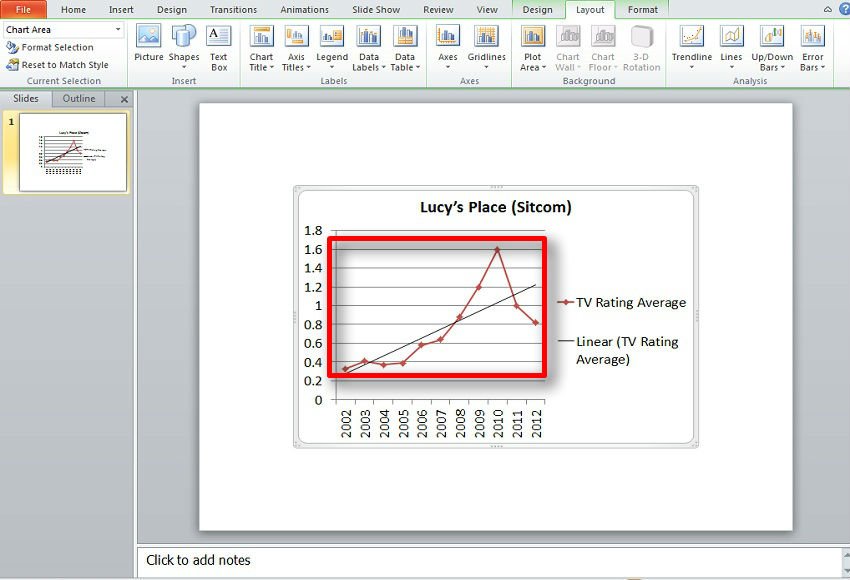

Its other formatting is based on the style in use at the time it's created. This style defines the center tab and the right tab positions. The Insert Right-Numbered Display Equation command inserts a right-justified equation number following the equation, while the Insert Left-Numbered Display Equation command inserts a left-aligned equation number before the equation.Ī Word style named MTDisplayEquation is added to the Word document the first time you use any of these three commands. They insert a new line if the insertion point isn't already on a new line, and then insert an equation centered between the left and right margins. The Insert Display Equation and Insert Left/Right-Numbered Display Equation commands are very similar. Equations have more overhead in the document, and for large documents the difference can be significant. While you can create inline equations consisting of a single symbol, we recommend you use Word's Insert Symbol command instead.
#Mac office 2011 equation for power trendline windows
This command is not available in versions of Windows earlier than Windows 7. When you click the MIP Insert button, the equation will be placed at the insertion point. Windows only: (Windows 7 and later) Insert an equation by handwriting it in the Math Input Panel (MIP). Open Math Input Panel… Ctrl+ Shift+ M (Windows) The MTDisplayEquation style defines the location of the center tab stop. Similar to Insert Display Equation, but also inserts a left-aligned equation number before the equation. Insert Left-Numbered Display Equation Ctrl+ Alt+ Shift+ Q (Windows), Ctrl+ Shift+ Q (Mac) The MTDisplayEquation style defines the location of the right margin tab stop. Similar to Insert Display Equation, but also inserts a right-aligned equation number following the equation. Insert Right-Numbered Display Equation Alt+ Shift+ Q (Windows), ⌥+ Shift+ Q (Mac) This means that you can change the alignment of all of the display equations in a document by simply modifying this style.

To simplify changing the formatting for all of the display equations in a document, a Word style called MTDisplayEquation is created that defines the position of the center tab stop. The display equation is inserted on a new line and centered between the left and right margins. Opens a new MathType window using equation preferences as described above under Insert Inline Equation. Insert Display Equation Alt+ Q (Windows), ⌥+ Q (Mac) The resulting equation is inserted inline, i.e., aligned with the surrounding text. Otherwise MathType's current preferences for new equations will be used. If you have defined equation preferences for new equations (using the Set Equation Preferences command), these settings will be used in the MathType window. Opens a new MathType window ready for you to enter an equation. From Chart layouts select an appropriate layout for scatter chart.Insert Inline Equation Ctrl+ Alt+ Q (Windows), Ctrl+ Q (Mac) From Design tab choose the colors and design that best suits your datasheet. For this select the chart, and you will notice under Chart Tools Design, Layout, and Format tab will appear.

Now we will change the layout and design of the chart to make the value and scattered dots more prominent. Upon clicking desired type of chart, Excel will automatically create a chart, representing table fields as x-axis, and y-axis respectively, as can be seen in the screen shot below. For this, select the portion of the datasheet, navigate to Insert tab, and from Scatter options, select desired type of chart as shown in the screenshot below. Now we want to create scatter graph which will show distance and time relation. To start off with, launch Excel 2010, open a datasheet for which you want to create Scatter graph and Trend lines.įor instance, we have included a datasheet for which we want to create scatter graph and trend lines, it contains two fields Distance (Km), and Time(Hrs). With this data visualization tool you can help your audience to understand the crux of the datasheet by visually conveying them what data actually means, and most importantly help them to comprehend the trend of your datasheet values. With Scatter graph & Trendlines you will be able to grasp the trend of your data. If you have been caught up in the maze of numbers and values all day long in Excel, then it would be fascinating to create scatter graph for your datasheet.


 0 kommentar(er)
0 kommentar(er)
